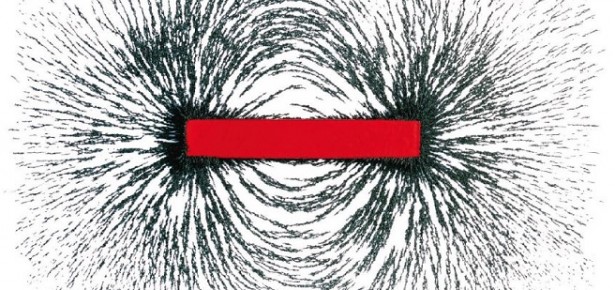
The Physics GRE is an exam required by most U.S. graduate schools’ physics departments and forms part of their evaluation for selecting students for their Ph.D. programmes. It is a timed, multiple-choice 100-question test covering all the main topics of a typical undergraduate physics degree. The test’s unique format differs from the traditional long-question exams that students will be used to, so it requires some specific preparation and practice in order for students to achieve their best results. The raw test results are scaled, so that rather than a simple percentage score, students receive a test score that indicates where they rank among the pool of candidates who also took the test.
I quickly realised how impressive a feat these two young authors have achieved in their book
Not having come through the U.S. university system myself, this was all new to me. My first contact with this project and the Physics GRE came about at the American Physical Society’s April meeting in 2016, where I met with author Yoni Kahn. He and Adam Anderson had been students at MIT and found, to their surprise, that the existing resources for GRE preparation were woefully inadequate, in that they failed to take the test’s short-question format fully into account and none of them provided full-length practice tests. So when they were graduate students, they decided to write and publish “Conquering the Physics GRE” themselves. It quickly gained a reputation for being the go-to resource for physics students seeking entry to U.S. graduate physics programmes.
I quickly realised how impressive a feat these two young authors have achieved in their book: they briefly review all the main topics the exam covers, with reference to the types of questions and problems students are likely to encounter. They also provide an incredibly useful chapter on ‘tips and tricks’ that will help people with their exam strategy, for example how to use your physics knowledge to narrow down the possible answers as quickly as possible.
I hope that this book will help motivated physics students everywhere achieve their full potential
I am honoured that Cambridge University Press were given the opportunity to publish the Third Edition of “Conquering the Physics GRE”. I hope that this book will help motivated physics students everywhere achieve their full potential and ambitions to study physics within the U.S. Here’s a short extract from the book’s Preface that explains more about what the book does and, importantly, what it does not.
Studying for the GRE can be overwhelming! This book is long because it contains all the information you need to ace the exam, but not every student needs to study every chapter in equal detail. Here are some suggestions for how to use this book.
Best of luck studying!
Last, a comment on the structure of this book. We realize that there are many, many equations to learn that are relevant for GRE-style physics problems. To keep the amount you feel you have to memorize to a minimum, we only assign equation numbers to equations we feel are important to remember – everything else you can safely ignore. (This is not to say that you should memorize every single numbered equation – Chapter 9 contains useful advice for what to memorize and what to derive.) Also, while most of the review chapters review material in roughly the order it was presented when you first learned it, Chapter 1 is structured very differently. We assume that you still remember many of the basic facts of classical mechanics from your freshman year introductory physics course, and so we focus our attention on problem types that are standard on the GRE, rather than on specific subtopics. We hope you will find this approach useful.
Since Conquering the Physics GRE was first published, both authors have completed graduate school and gone on to careers in academia: Yoni as a theoretical particle physicist, and Adam as an observational cosmologist. If this kind of career path is what you’re hoping for, this is the book for you! Conquering the Physics GRE remains the only comprehensive reference book specifically tailored to the topics on ETS’s Physics GRE, and indeed we often refer to this book as a quick reference for key undergraduate physics topics. The revised third edition, published by Cambridge University Press, makes numerous changes in response to comments from students and faculty who have used this book for GRE preparation. Most importantly, the three full-length sample exams have been completely reworked so that the difficulty and types of questions better match the current content of the exam. We have added an equation index, a subject index, and a problems index so you can easily look up particular terms or concepts that appear on practice problems and solutions as well as in the review material. Finally, we have made many improvements to the review chapters, including additional figures, diagrams, and practice problems; an updated Nobel Prize section; and brand-new review problems for the Tips and Tricks chapter. We hope that these changes make this book a better reference not only for the GRE but for your bookshelf in your future physics career.
“It provides the right combination of concept material, exam problem-solving strategies, and practice questions tuned to this particular exam. I would also recommend this book not just for the GRE, but as a general study guide for undergraduate physics courses.” – Adam Burgasser, University of California, San Diego
Conquering the Physics GRE, 3rd Edition
Authors:
Yoni Kahn, Princeton University, New Jersey
Adam Anderson, Fermilab, Batavia, Illinois
Available March 2018 | Paperback $34.99 | ISBN: 9781108409568
Latest Comments
Have your say!